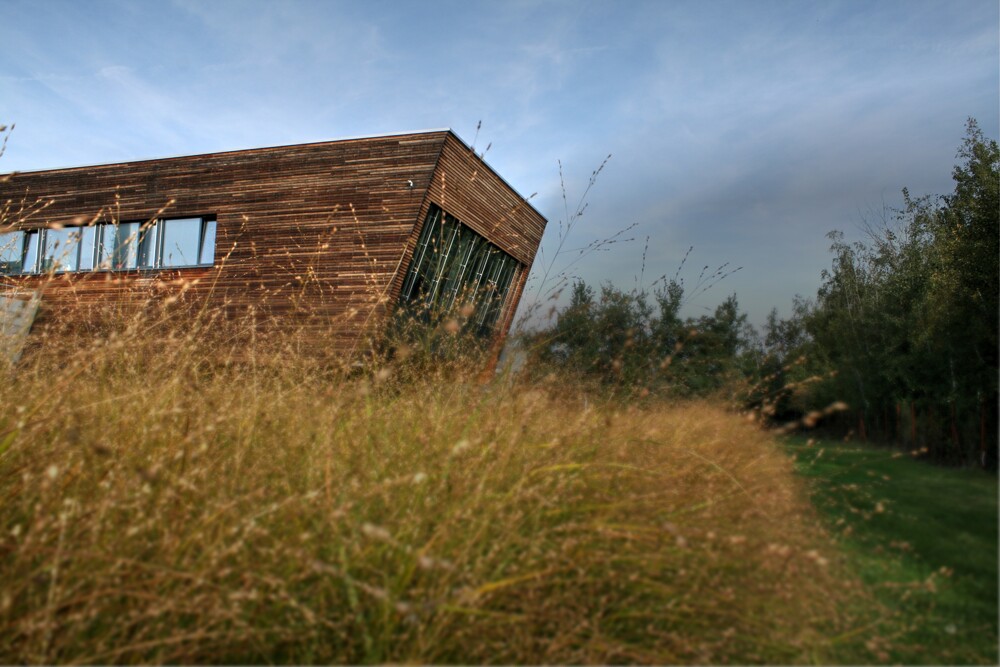
-1629286610.jpg)
Musical works are one of the oldest forms of art. Their history goes back to the ancient Orient and Antiquity. Nevertheless, their historical value remains underappreciated in the Czech basin. Experts from CTU UCEEB and the Art & Craft Mozaika association are striving for a remedy - they are conducting material research on mosaics, which should contribute to their historic preservation and designing an appropriate restoration strategy.
Mosaic has a unique position in art throughout the millennia, it has been an integral part of architecture and public space since ancient times. In our territory, the systematic tradition of mosaic decoration began at the end of the 19th century. The use of mosaics as an exterior and interior decoration of public space was approached mainly from the 1950s to the 1980s. Even if some of the mosaic works of this period were thematically and stylistically valid for the time, many timeless mosaics of excellent artistic level were also created. After the Velvet Revolution, however, there was a decline in musical art. Mosaic, as an art technique, received the unfair label of an artistically worthless flagship of communist art propaganda, and the public and most artists turned away from it.
A more significant revival of interest in mosaics and related efforts to rehabilitate, protect and preserve mosaic works have only been a matter of the last ten years or so. In addition to an art-historical assessment, material research focused on determining the composition of mosaic materials and studying the degradation processes to which mosaics are subject over time can contribute to a better understanding of the technological aspects and diversity of mosaic works. Such research should become the basis for better heritage protection of mosaics as well as designing appropriate strategies for their restoration.
CTU UCEEB experts in cooperation with the Art & Craft Mozaika association presented the first results of the study of historical mosaic mortars from the Czech territory dated to the turn of the 19th and 20th centuries. The mosaics, where the mortars come from, are attributed to the Neuhauser Innsbruck company, one of the first mosaic workshops operating not only in Austria, but also in our territory. When studying these materials, the researchers relied on an interdisciplinary approach combining art history, restoration research, archival studies and modern analytical methods (scanning electron microscopy, thermal analysis, X-ray diffraction or infrared spectroscopy).
Preliminary research has shown similarities between three of the five mosaic samples examined. Their most interesting link was the presence of (apparently linseed) oil. In order to trace characteristic material features, on the basis of which it would be possible in the future to reliably assign mosaics not yet assigned to the authorship of the Neuhauser workshop, it will, however, be necessary to compare a much larger set of samples. Experts are also planning further research and characterization of mosaic mortars from other workshops and time periods, which will help to design optimal solutions for the preservation and restoration of mosaics. Many of these unjustly neglected works are in a desperate state.